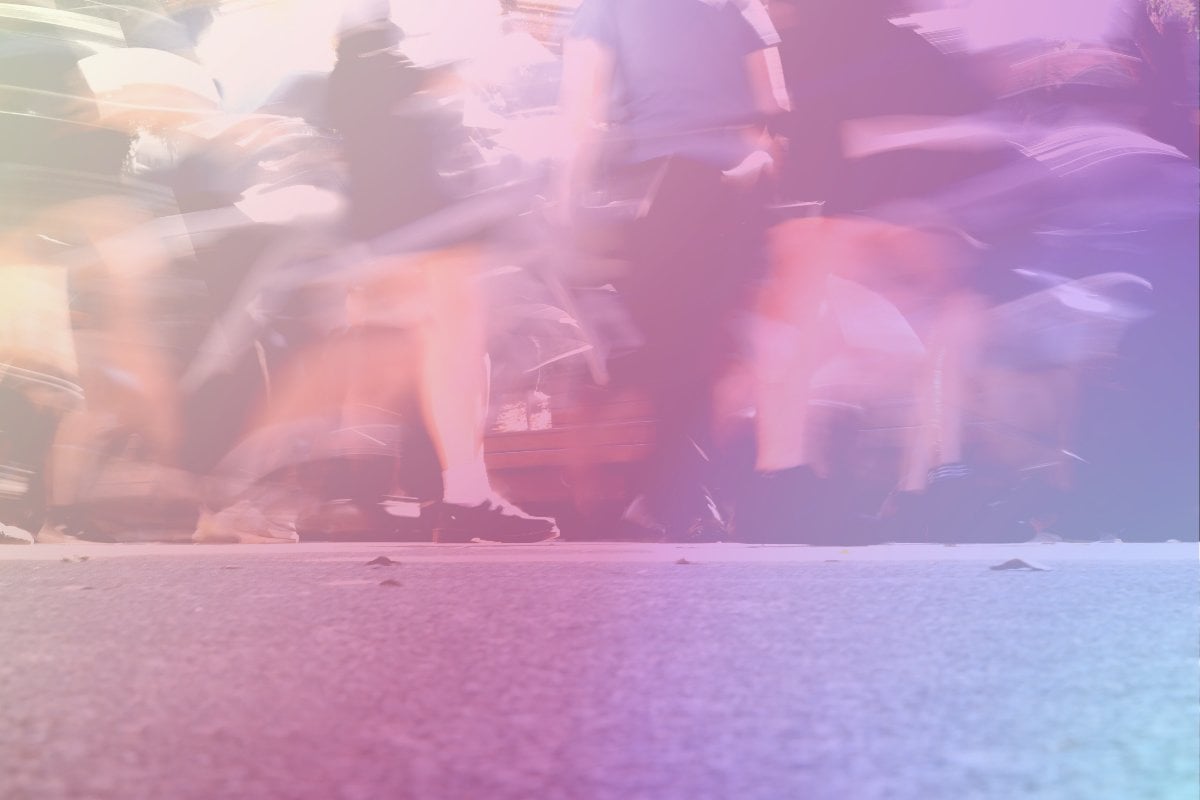
On March 11, 2023, a 13-year-old girl was invited to a fake sleepover party, where she was allegedly beaten and tortured for hours by her three “friends”, aged 12, 13, and 14. The accused, who have been charged by QLD police, posted footage of the attack online which was shared by students across Australia through social media.
Across QLD, SA, and NSW there have been multiple reports of kid ‘fight clubs’ emerging. These ‘clubs’ organise brawls and lure crowds of people who watch on, record, and post the violence on social media.
Some of the ‘fight clubs’ span across multiple schools in a single area, like the recent underground ‘fight clubs’ discovered in QLD.
And, in Warilla, NSW, a Principal has recently sent out an urgent plea to parents and the community after an onslaught of physical fights that had been filmed on their school grounds – with some of the student’s parents showing their support for the brawls.
These incidents, though shocking, are not isolated. They are a symbol of a wider trend: a rise in teenage anti-social behaviour, amplified by social media.
How big of an issue is this?
This unfortunately isn't something that has been exaggerated in the media for clicks or clout – it's a reality in schools across the country.
In 2021, the NSW Bureau of Crime Statistics and Research (BOCSAR) released figures which showed attacks in NSW public schools had reached a 20-year high, with violence carried out by female students growing 4.6 per cent year on year over the 20 years.


Top Comments